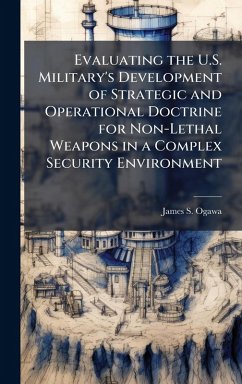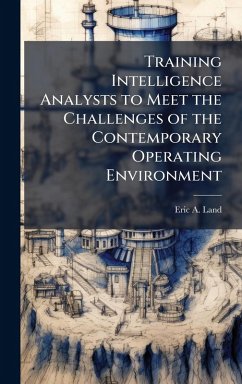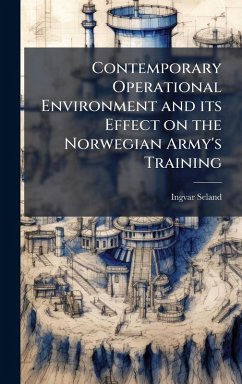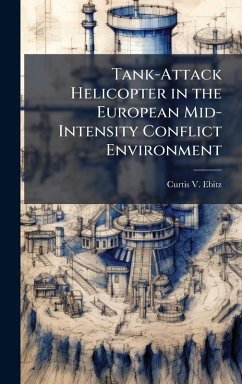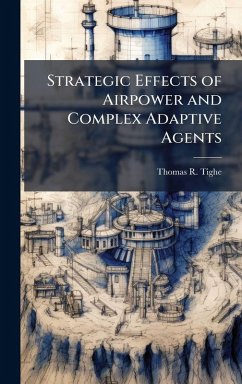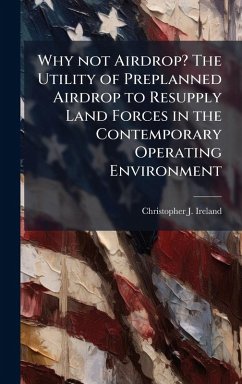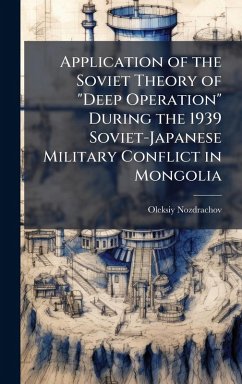
Challenging the Application of PMESII-PT in a Complex Environment
Versandkostenfrei!
Versandfertig in über 4 Wochen
29,99 €
inkl. MwSt.
Weitere Ausgaben:

PAYBACK Punkte
15 °P sammeln!
Military officials often utilize the PMESII-PT acronym (Political, Military, Economic, Social, Information, Infrastructure, Physical Environment, and Time) as an analytical start point to assess an operational environment. However, the linear methodology restricts a holistic understanding of fundamentally asymmetric realms where U.S. military leaders currently operate. Scholars and other experts have previously applied more ontologically based and holistic approaches to understand complex social systems. By comparing both PMESII-PT and these holistic approaches, this paper accomplishes three o...
Military officials often utilize the PMESII-PT acronym (Political, Military, Economic, Social, Information, Infrastructure, Physical Environment, and Time) as an analytical start point to assess an operational environment. However, the linear methodology restricts a holistic understanding of fundamentally asymmetric realms where U.S. military leaders currently operate. Scholars and other experts have previously applied more ontologically based and holistic approaches to understand complex social systems. By comparing both PMESII-PT and these holistic approaches, this paper accomplishes three objectives. First, the monograph concludes that the linear PMESII-PT methodology is not sufficient to assess and convey understanding of a complex environment. Second, the monograph specifically identifies the incorporation of identity theory and the proper use of the narrative as the gap between PMESII-PT and holistic approaches. Finally, in light of accusations that the U.S. military still exhibits a lack of cultural understanding, this monograph presents a more conceptual start point for military designers. By applying a process of metaquestioning to explore the facets any complex environment, military designers can ultimately produce an identity-based narration which leads to a level of holistic understanding unachievable by traditional methods. This work has been selected by scholars as being culturally important, and is part of the knowledge base of civilization as we know it. This work was reproduced from the original artifact, and remains as true to the original work as possible. Therefore, you will see the original copyright references, library stamps (as most of these works have been housed in our most important libraries around the world), and other notations in the work. This work is in the public domain in the United States of America, and possibly other nations. Within the United States, you may freely copy and distribute this work, as no entity (individual or corporate) has a copyright on the body of the work. As a reproduction of a historical artifact, this work may contain missing or blurred pages, poor pictures, errant marks, etc. Scholars believe, and we concur, that this work is important enough to be preserved, reproduced, and made generally available to the public. We appreciate your support of the preservation process, and thank you for being an important part of keeping this knowledge alive and relevant.



